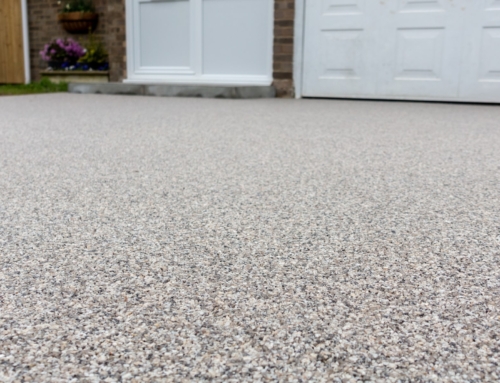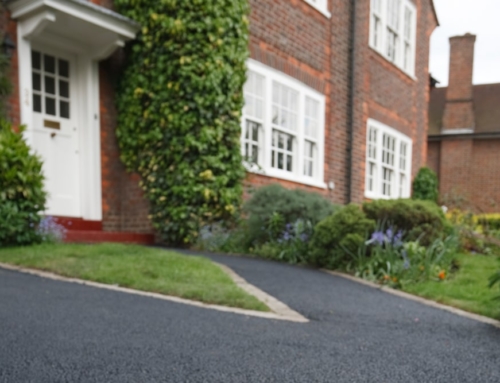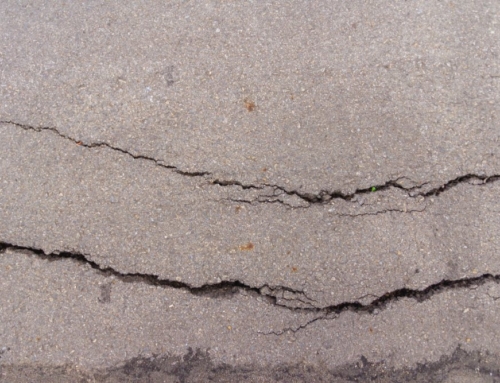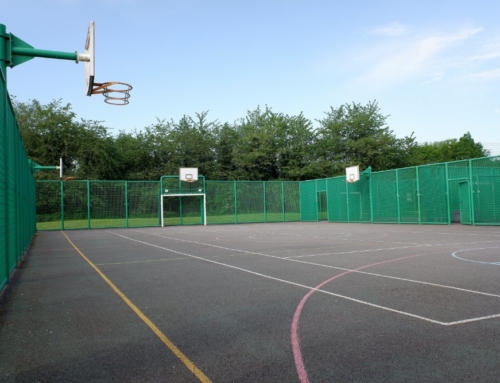Difference between concrete and cement
Cement and concrete are often thought by many to be two names for the same thing. This is a common misconception. Cement and concrete, though closely related, possess a host of different qualities including substance, durability and strength. This article will highlight the key differences between cement and concrete, as using the wrong one when building or surfacing could potentially lead to catastrophic results.
Concrete vs Cement – What’s the difference?
‘Concrete’ is the name given to the stone-like product created as a result of aggregates (such as sand or crushed up rocks) being held together with a binding agent. This binding agent is known as ‘cement’. Cement is in fact a powdery substance that, when mixed with water, hardens and binds to other materials. When small crushed up stones and sand are added to the mix, the hardening cement binds them all together, producing an extremely robust concrete. To clarify, cement is a substance in concrete. Concrete is the product of cement binding together sand and stone.
Concrete vs Cement – Can you tell the difference by looking?
Cement and concrete have very distinct differences in the way they look. Most notably, cement in its most basic form is a powder. Whilst usually grey, there are many different types of cement, some of which may vary in colour. However, as cement in its most basic form has yet to be mixed with anything, it will always be a single block colour with a single consistency. When wet, cement and concrete are a little harder to distinguish. However the key difference between the two is that concrete includes a cluster of stones and sand. These additions often give concrete a textured look; although different types of concrete will lead to different results, varying from slightly speckled to a much bumpier surface comprised of various coloured stones.
Concrete vs Cement – Which should I use?
Whether it’s building hundred-storey high skyscrapers or restoring a section of the patio, concrete is favoured because of its strength. In fact, concrete can last for decades before showing any problems. This is because concrete is resistant to a host of potential detriment such as weather conditions, insects and chemicals.
On the other hand, using wet cement on its own to try and build a wall will likely see it crumble within a year. It may seem puzzling at first to state that concrete is much stronger than cement when cement is the hardening component within concrete. However, this is because when the cement within the concrete mixture comes into contact with the aggregates, it begins a chemical reaction called ‘hydration’. It is this chemical reaction that leads to a process of crystallisation, producing the strength of concrete. This process not only makes concrete strong, but durable too. In fact, the hardening process for concrete continues for many years after its conception, meaning that unlike cement, concrete continues to get stronger and more durable as time goes on.
At UK Surfacings LTD, we provide high-quality, comprehensive surfacing using a range of different materials including cement, gravel, tarmac and more. For further information, please contact our specialist team today.





